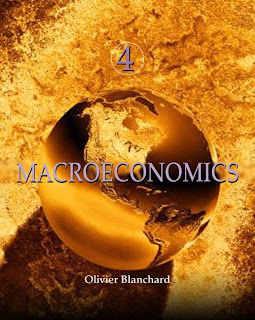
The macroeconimics conists of two words 'macro' and 'economics'. The word 'macro' is derived from the Greek word 'macro' meaning 'large; and therefore macroeconomics analysis the behaviour of the large aggregate such as total employment, national income and genral price level of the economy. Therefore, macroeconomics is also known as aggregated economics. Prof. K.E. Boulding says,"Macroeconomics deals not with individual quantity, aggregates of these quantities; not with individual incomes as such but with the national income; not with individual prices but with national output."
Macroeconomics, in general sense is Policy Science. On the round, it is more normative than positive. On the aggregared demand side its major tools are fiscal policy is exercised by the government in terms of taxes, transfer and expenditure policies. The central basic in terms of money supplu, interst rate and credit policies conduct monetary policy. These macroeconomics tools are used to solve the present day economic problems such as unemployment, inflation, business cycles and balance of payment disequilibrium.
The history of the present day macroeconomics started with the publication of J.M. Keynes "The general Theory of Employment, Interest and Money" in 1936. Before the pulication of Keynes,"General Theory" there was no implict macroeconomics.
Macroeconomics, in general sense is Policy Science. On the round, it is more normative than positive. On the aggregared demand side its major tools are fiscal policy is exercised by the government in terms of taxes, transfer and expenditure policies. The central basic in terms of money supplu, interst rate and credit policies conduct monetary policy. These macroeconomics tools are used to solve the present day economic problems such as unemployment, inflation, business cycles and balance of payment disequilibrium.
The history of the present day macroeconomics started with the publication of J.M. Keynes "The general Theory of Employment, Interest and Money" in 1936. Before the pulication of Keynes,"General Theory" there was no implict macroeconomics.
1 comments:
THANK YOU FOR THE INFORMATION
PLEASE VISIT US
SemServices India
Post a Comment